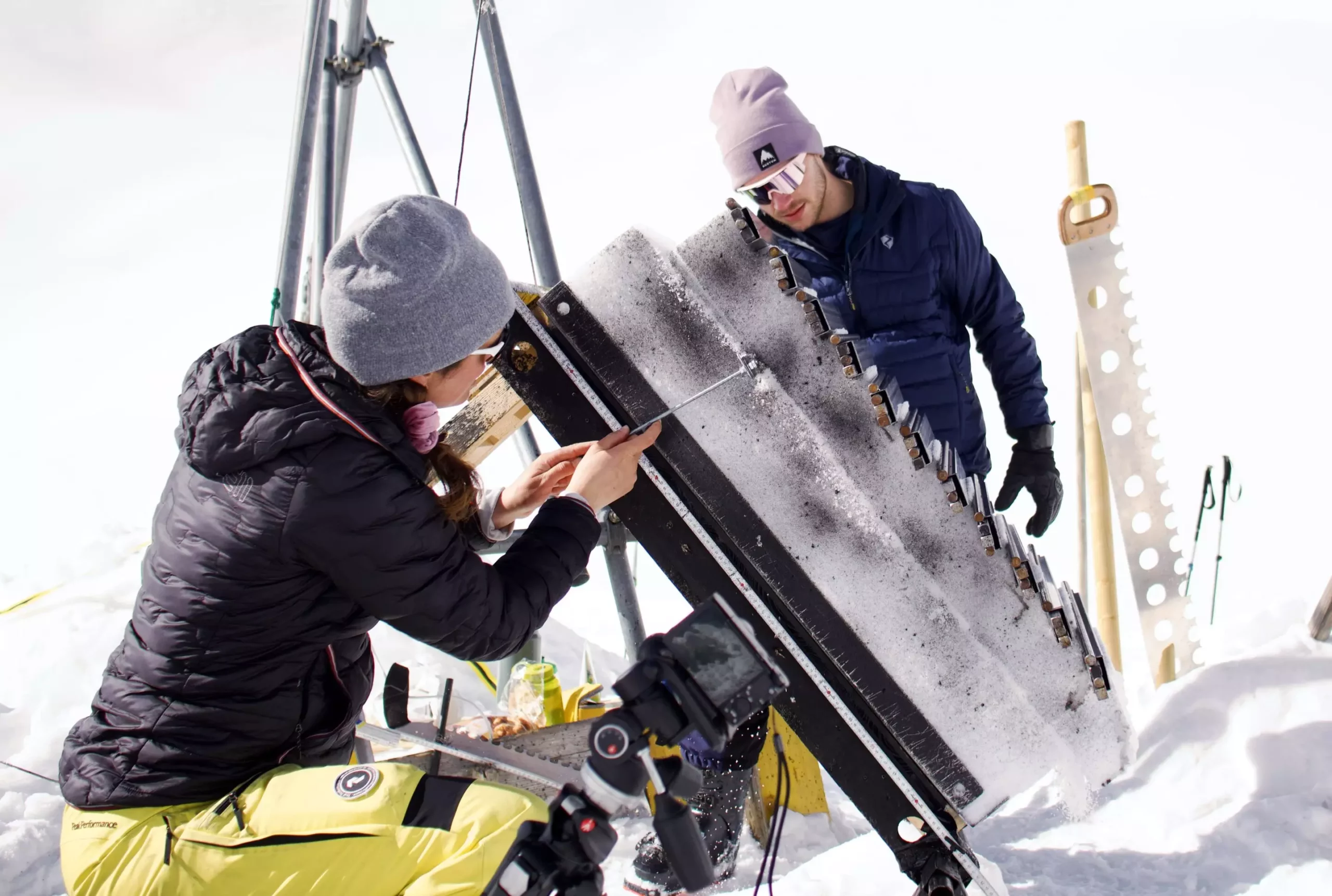As the snowy landscapes beckon adventure, a latent danger lurks within—the threat of avalanches. These natural phenomena can be triggered by various factors, and understanding the mechanics behind them has long posed a challenge for researchers. A new study led by Dr.-Ing. Philipp Rosendahl and his team at TU Darmstadt aims to unveil the complex interactions within snow layers and ultimately enhance avalanche prediction methods.
In the complex world of snow physics, even a solitary individual traversing the snow can trigger a catastrophic avalanche. This phenomenon can often be attributed to a specific condition known as anticracking, where a buried weak layer of snow succumbs to the pressure exerted. However, the fractural properties of these weak layers—the underlying physics that make them susceptible to collapse—remain poorly understood. Understanding this mechanism is vital, as it directly influences our ability to forecast avalanche occurrences.
Dr. Rosendahl emphasizes the advancements made in avalanche research, which have been propelled by recent experimental studies. These findings shed light on the crucial fracture processes responsible for instigating avalanches. Nevertheless, significant gaps in knowledge regarding fracture mechanics in snow still exist, necessitating further investigation. Valentin Adam, a key contributor to the experiment, developed a unique approach to measuring fracture toughness directly in the field, addressing a critical need for better predictive methods.
The researchers introduced a novel technique involving two primary components. First, they created a new experimental method enabling controlled anticrack formation within weak snow layers. Secondly, they employed a non-local mechanical model to assess the energy dynamics at the onset of anticrack growth. This dual approach allows for the extraction of essential data regarding the fracture toughness of snow layers based on real-time field observations.
To investigate the dynamics further, the team set up an experimental framework to simulate how weak snow layers react under different forms of mechanical stress. By mounting snow blocks onto a sled and varying the incline, the researchers could simulate the compressive and shear forces that typically precipitate an avalanche. This fine-tuned method enabled them to effectively analyze the unfolding process of weak layers under load, confirming that these layers collapse in an unstable manner, allowing for a much clearer understanding of the mechanics at play.
The results of this innovative study revealed surprising insights into the behavior of weak snow layers under different stress conditions. Notably, the resistance to crack propagation was found to be considerably greater under shear-dominated loads than under pure compression. This was unexpected, especially since the steep terrains where avalanches are common typically experience shear forces.
What sets this study apart is its revelation that this cracking behavior isn’t exclusive to snow but is also observable in other highly porous materials such as sedimentary rocks and metal foams. By identifying a power law that delineates the conditions under which crack propagation will occur, the researchers have opened the door for broader applications in material science and engineering.
Dr. Rosendahl notes that understanding how porous media behave under compression has implications beyond avalanche dynamics. Fields such as aerospace engineering, where lightweight structures face similar loading conditions, could benefit significantly from this newfound knowledge.
The study by Dr. Rosendahl and his team marks a notable step forward in avalanche research, as it tackles longstanding questions about the mechanics of snow layers. With this innovative methodology, the researchers have laid the groundwork for future investigations into the complexities of snow behavior under various environmental conditions.
Continuous explorations in this field are crucial, especially as climatic changes alter snow conditions globally. Enhanced predictive capabilities could play a pivotal role in improving safety measures for outdoor enthusiasts and communities situated in avalanche-prone areas.
This breakthrough research signifies a movement toward deeper understanding and greater safety in the world of snow. As scientists continue to probe the mysteries of winter’s elements, we inch closer to mastering the balance between nature’s beauty and its inherent dangers.


Leave a Reply